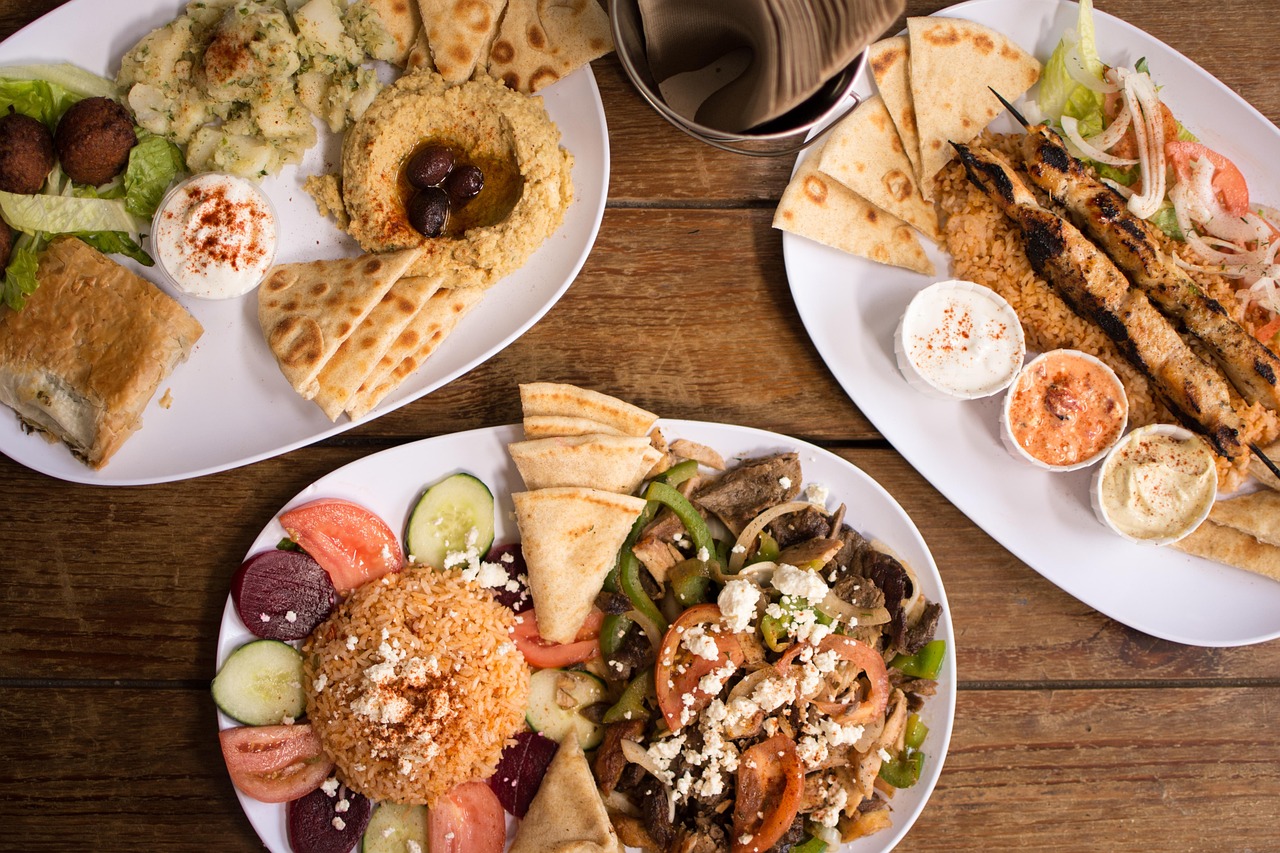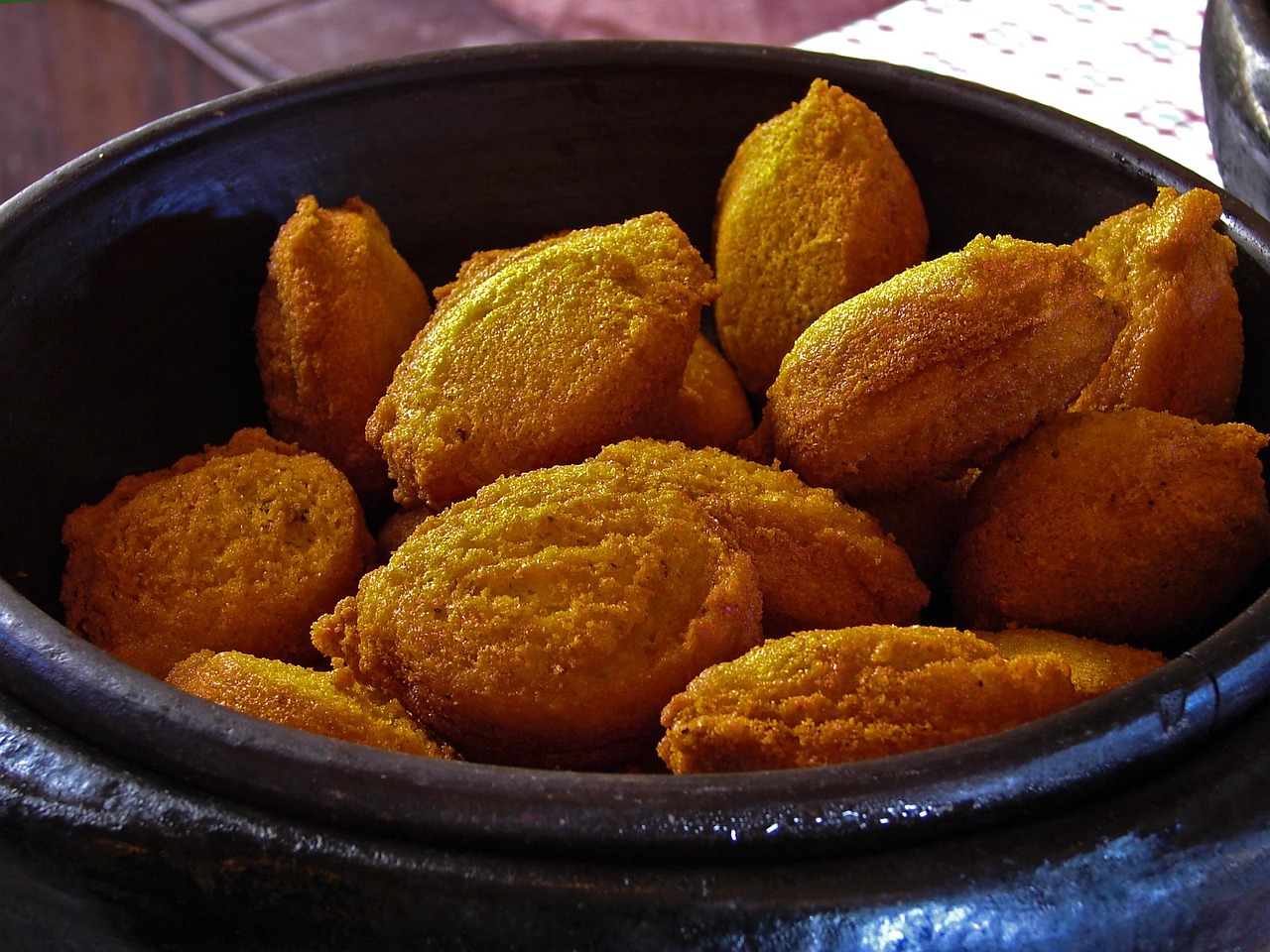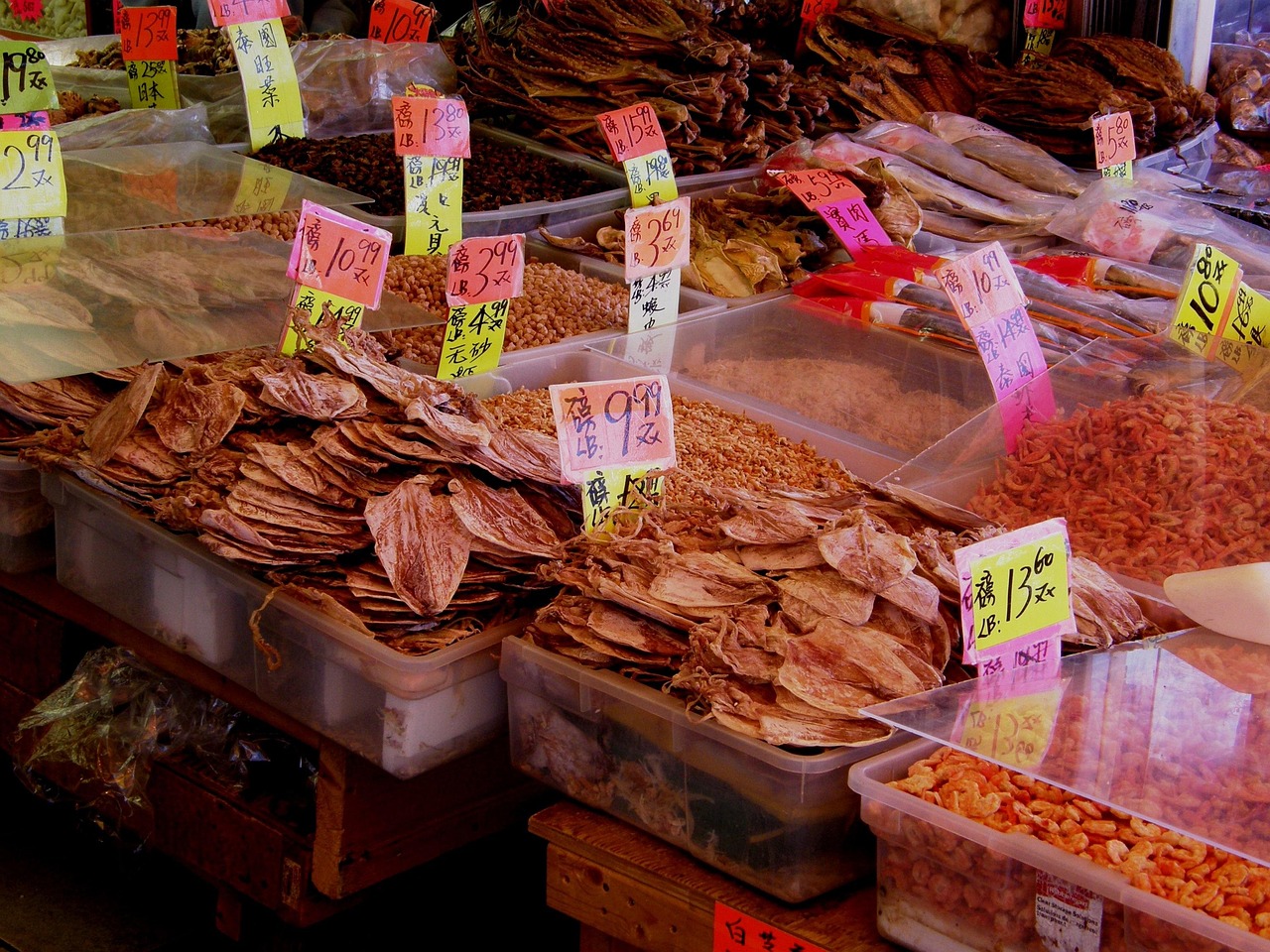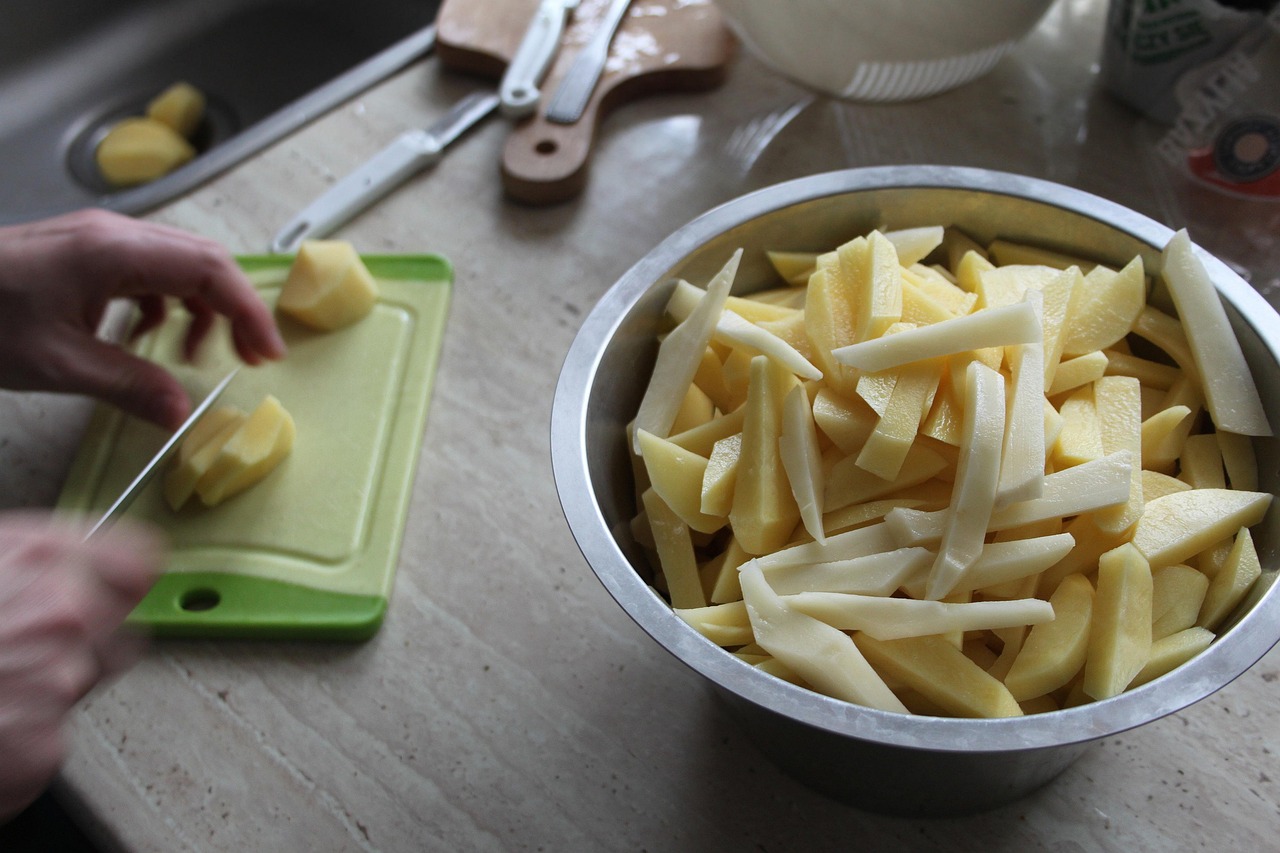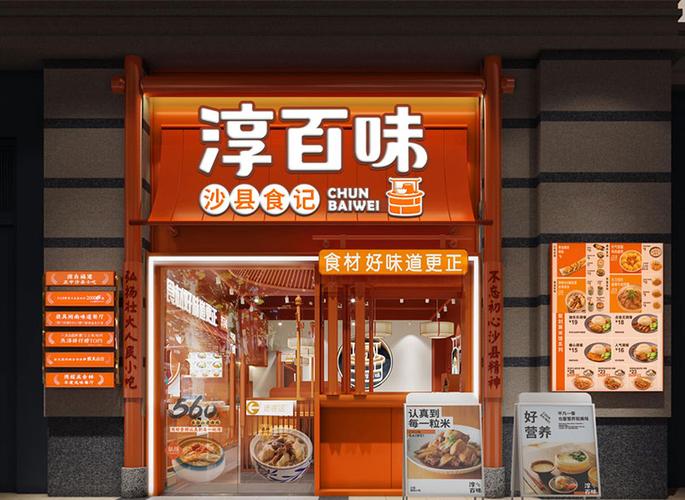Exploring the Rich Tapestry of Chinese Cuisine:A Culinary Journey Through Time and Taste
Introduction
Chinese cuisine, with its rich history and diverse regional flavors, stands as a testament to the culinary prowess of a nation with thousands of years of culture. This essay aims to delve into the intricacies of Chinese gastronomy, exploring its historical roots, regional variations, and the influence it has had on global cuisine. From the simplicity of street food to the sophistication of imperial dishes, Chinese food is a journey through time, taste, and tradition.
Historical Roots of Chinese Cuisine
The history of Chinese cuisine is as ancient as the civilization itself. Dating back to the Shang Dynasty (1600-1046 BCE), food was not just sustenance but also a symbol of social status and wealth. The Zhou Dynasty (1046-256 BCE) saw the development of the 'Eight Culinary Techniques,' which included boiling, frying, and roasting, laying the foundation for the diverse cooking methods used today.
During the Tang Dynasty (618-907 CE), the Silk Road facilitated the exchange of culinary ideas and ingredients, introducing new flavors and spices to the Chinese palate. The Song Dynasty (960-1279 CE) further advanced food preservation techniques, allowing for the long-term storage of food and the creation of fermented and pickled delicacies.
Regional Variations: A Melting Pot of Flavors
China's vast geography and diverse climate have given rise to distinct regional cuisines, each with its own unique characteristics. The four major culinary schools are Sichuan, Cantonese, Shandong, and Jiangsu, each representing a different aspect of Chinese culinary art.

1、Sichuan Cuisine: Known for its bold and pungent flavors, Sichuan cuisine is famous for its use of chili peppers, Sichuan peppercorns, and a variety of spices. Dishes such as Mapo Tofu and Kung Pao Chicken have gained international recognition for their spicy and numbing profiles.
2、Cantonese Cuisine: Originating from Guangdong province, Cantonese cuisine is characterized by its light and fresh flavors, with an emphasis on the natural taste of ingredients. Dim sum, a style of eating small, bite-sized dishes, is a quintessential Cantonese culinary experience.
3、Shandong Cuisine: Also known as Lu cuisine, Shandong food is known for its savory and hearty dishes, often featuring seafood and vegetables. The use of vinegar and soy sauce is prevalent, giving dishes a tangy and savory depth.
4、Jiangsu Cuisine: From the lower Yangtze River region, Jiangsu cuisine is renowned for its delicate flavors and elegant presentation. Sweet and sour dishes, such as Sweet and Sour Mandarin Fish, are a staple of this cuisine.
Beyond these four, there are many other regional cuisines, each with its own unique dishes and cooking styles, such as Hunan's spicy flavors, Fujian's seafood-centric dishes, and Beijing's Peking Duck.
Influence on Global Cuisine
Chinese cuisine has had a profound impact on the global culinary landscape. The popularity of Chinese food outside of China can be attributed to the diaspora of Chinese immigrants who opened restaurants in their new homes, introducing the flavors of their homeland to the world.
From chop suey and fortune cookies in the United States to chow mein and sweet and sour dishes in the United Kingdom, Chinese food has been adapted and localized to suit various palates. However, the authenticity and complexity of traditional Chinese cuisine are increasingly being recognized and appreciated by food enthusiasts worldwide.
Modern Chinese Cuisine: Fusion and Innovation
In recent years, there has been a resurgence of interest in traditional Chinese cooking techniques and ingredients. At the same time, modern Chinese cuisine is embracing fusion and innovation, combining elements of Western cooking with traditional Chinese flavors.
Chefs are experimenting with molecular gastronomy, reinterpreting classic dishes with a modern twist, and using high-quality, locally sourced ingredients to create a new generation of Chinese cuisine that is both rooted in tradition and forward-looking.
Conclusion
Chinese cuisine is more than just food; it is a cultural mosaic that reflects the history, geography, and people of China. As we explore its rich tapestry, we come to appreciate not only the flavors but also the stories and traditions that have been passed down through generations. Whether you are enjoying a steaming bowl of hot and sour soup or savoring the succulent flavors of Peking Duck, every bite is a step into the heart of China's culinary heritage.



